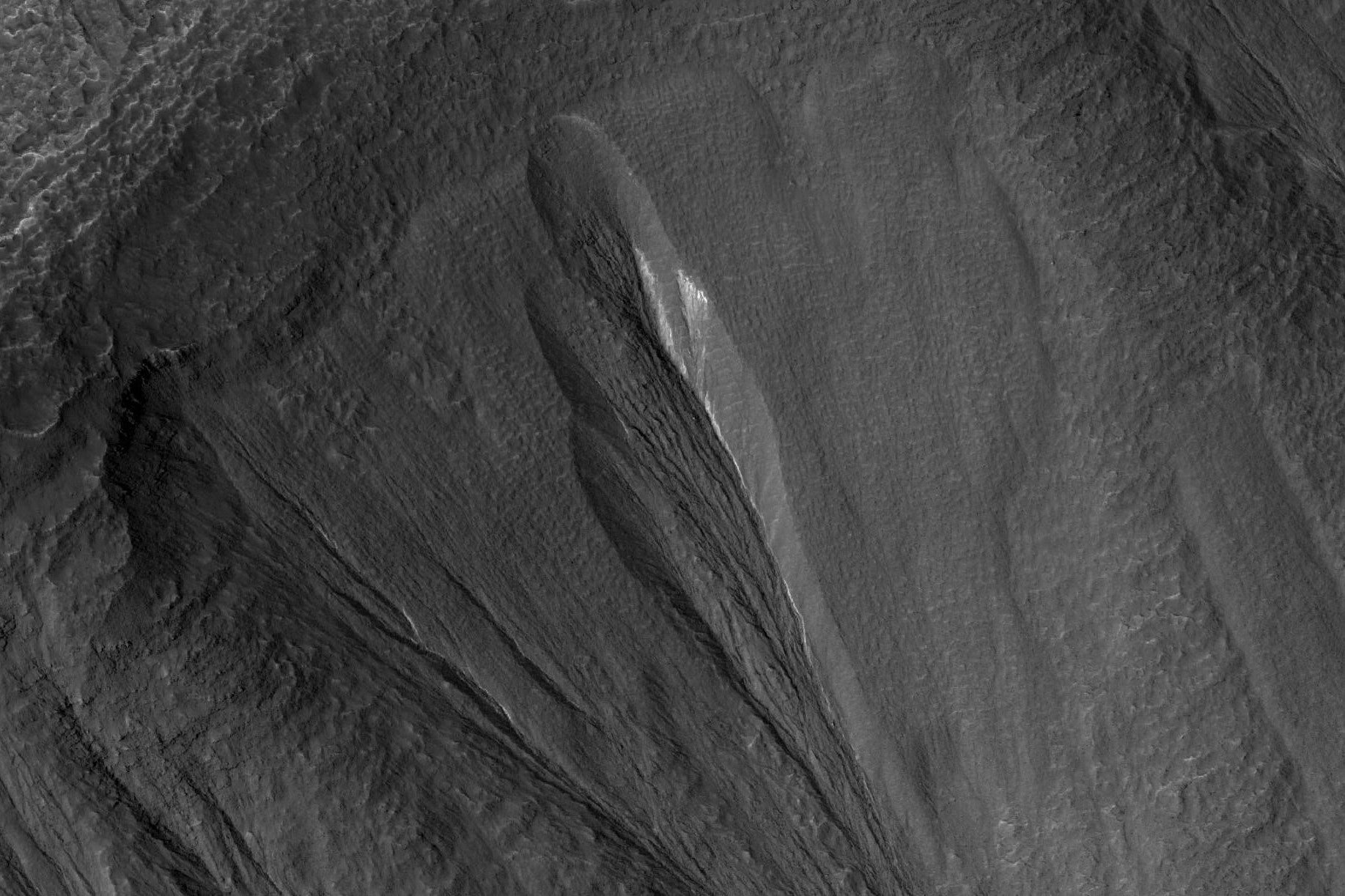Aliens could be living in ice on Mars, scientists say
Deposits could shield microbial life from the harm of the Sun, study suggests

Your support helps us to tell the story
From reproductive rights to climate change to Big Tech, The Independent is on the ground when the story is developing. Whether it's investigating the financials of Elon Musk's pro-Trump PAC or producing our latest documentary, 'The A Word', which shines a light on the American women fighting for reproductive rights, we know how important it is to parse out the facts from the messaging.
At such a critical moment in US history, we need reporters on the ground. Your donation allows us to keep sending journalists to speak to both sides of the story.
The Independent is trusted by Americans across the entire political spectrum. And unlike many other quality news outlets, we choose not to lock Americans out of our reporting and analysis with paywalls. We believe quality journalism should be available to everyone, paid for by those who can afford it.
Your support makes all the difference.Microbial alien life could be found inside ice on the surface of Mars, according to a new study.
It is almost certainly impossible to live on the surface of Mars. It is hit by high levels of ultraviolet radiation that would be harmful to anything that tried to survive there.
But a new study suggests that a thick enough layer of ice could protect anything living in it from that radiation.
That life would need to be in a position where it was deep enough down to be protected from that ultraviolet radiation, but also at a sufficiently shallow point that it could receive visible light for photosynthesis.
In the new study, researchers modelled whether it would be possible for such a sweet spot to exist, given the dust and the kind of ice found on Mars.
They found that if the ice did not contain too much dust – 0.01–0.1 per cent – then there may be a region that would sustain life between 5 and 38 centimetres down. If the ice was cleaner, then the habitable zone would be larger: at between 2.15 and 3.10 metres deep.
The dust within the ice would also occasionally melt the ice, meaning that there would be enough liquid water to help with the photosynthesis required to allow such life to survive.

The researchers caution that the new study does not suggest there actually is life within those icy regions. But they do urge that it becomes a key location when searching for life on Mars, and that they might be the most accessible places to find it.
An article describing the findings, ‘Potential for photosynthesis on Mars within snow and ice’, is published in the Nature journal Communications Earth & Environment.
Join our commenting forum
Join thought-provoking conversations, follow other Independent readers and see their replies
Comments